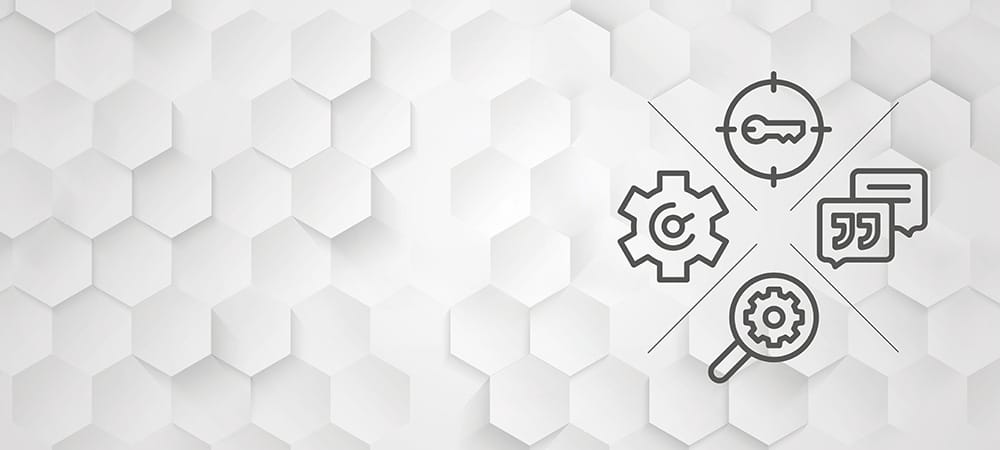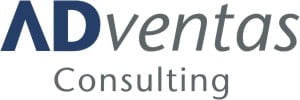10 years of S/4: racing car with API handbrake applied


We have worked closely with our customers who are evolving in the digital economy to find out where digitized processes can bring the greatest added value," said Bernd Leukert, member of the SAP Executive Board, at the time. His name is more closely associated with the strategic and technological transition from SAP Business Suite to S/4 - including cloud focus, in-memory technology (Hana) and Fiori user experience - than almost any other. He continues: "The result is a completely redesigned core - SAP S/4 Hana is the industry's first digital core for digital business. With this solution, companies can achieve unprecedented added value, for example through innovative use cases in key areas such as finance and logistics. They benefit from simplified data models and a responsive user experience."
S/4 forces realignment
A lot has happened since then. The platform has actually forced SAP customers to rethink their processes. It has reignited discussions about data models, automation and business architecture. And it has played a significant role in ensuring that IT no longer acts purely as a service provider, but as a strategic partner in the company. S/4 Hana also has a cultural impact: the platform brings business and IT to the same table - or at least closer together. This has been widely acknowledged in the community.
But despite all the recognition, one issue continues to cause frowns, perhaps even stomach aches: the still limited availability of open, consistent interfaces (APIs). At a time when innovation is created through integration, this is precisely what acts as a brake. You could say: S/4 Hana could drive like a high-powered racing car - but it is throttled back to the first two gears. Power is there, but it cannot develop freely. This is not a trifle. Modern business models rely on modularity. Yes, SAP is often the backbone - but there are often dozens of specialized tools, platforms and services working around it. The integration of these solutions determines agility, speed and innovative strength.
Missing or unclear APIs not only lead to delays in projects, but also restrict technological design freedom. And this is precisely what many companies increasingly see as a competitive disadvantage. This has little to do with Leukert's promise of "simplified data models and a responsive user experience". The obvious question is: why doesn't a large corporation with over 100,000 employees get a better handle on this problem? There are many reasons.
Firstly: legacy issues. The SAP world has grown historically - over decades. Not everything can be seamlessly transferred to a modern API paradigm without risking technical conflicts. Secondly: priorities. For a long time, the focus was on migration, stability and license protection - less on radical opening. Thirdly: protection logic. Open APIs may call existing business models into question. If you offer everything, you make yourself vulnerable. And fourthly: structural inertia. Feedback from the community is often only incorporated into product development with a delay or selectively - despite intensive partner networks.
The foundation is in place
Ten years after the launch of S/4, one thing is clear:
The foundations are in place. Now it is important to open up the architecture further. If you want to make SAP fit for the future, you have to see APIs as a strategic infrastructure - not as a technical freestyle. It would be a shame if the racing car were to remain in second gear permanently.
Continue to the partner entry:






